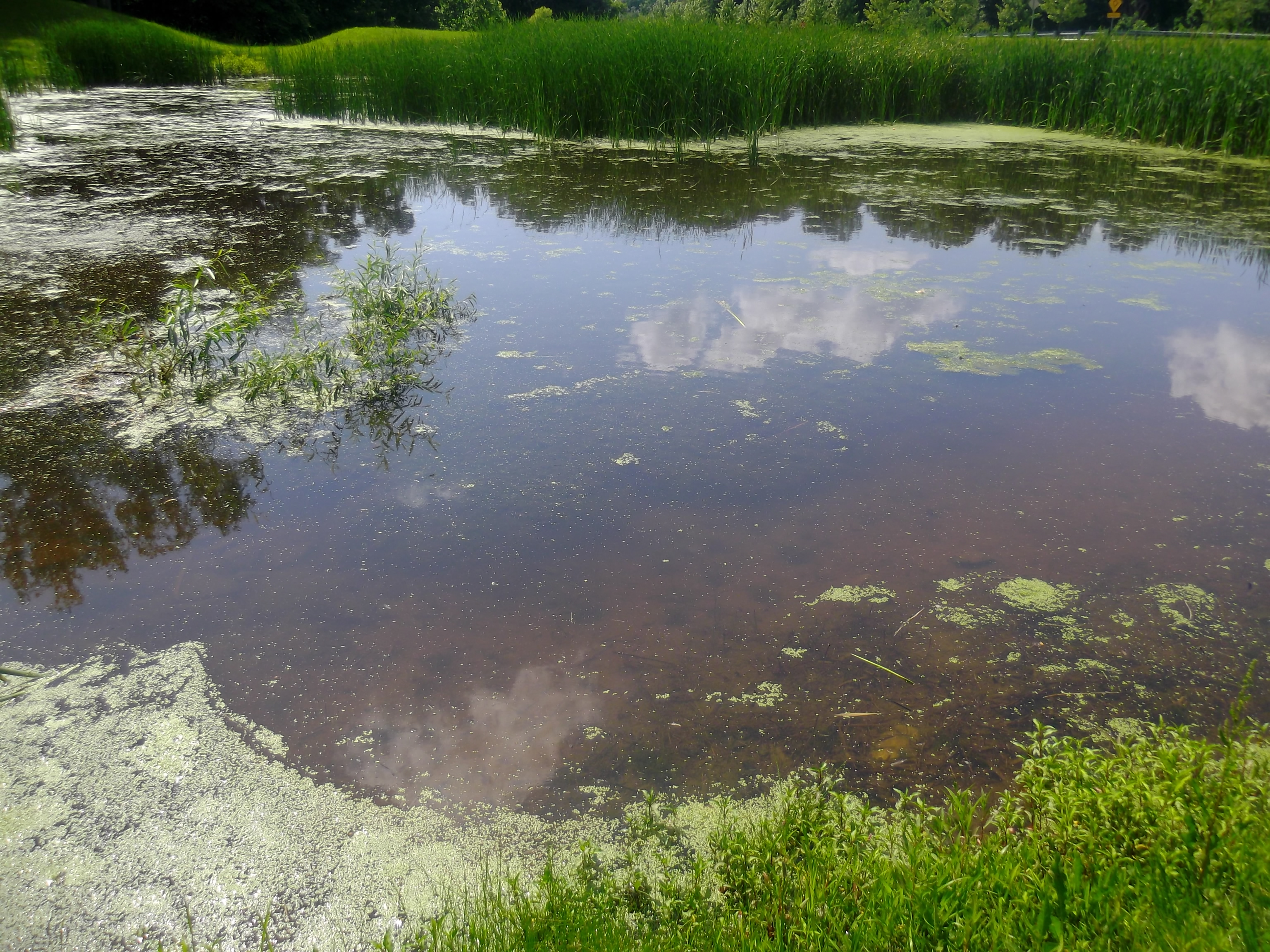Swamps, Showers, and Creatures (2016) was commissioned and premiered by Theodosia Roussos. It was inspired by the flora and fauna of the swamp regions of Louisiana and Florida.
Hardware Setup
- Needs: audio interface, a microphone (condenser recommended), two speakers, and a computer
- Connect the microphone to input 1 of the audio interface
- Connect the stereo output of the audio interface to the speakers
Software Setup
- Make sure that the computer’s default audio input and output is set to the audio interface
- Download and install SuperCollider from www.audiosynth.com
- If you have not done so already, download files from www.joowonpark.net/sss
- Open SSS.scd in SuperCollider
- VERY IMPORTANT: Edit the file path in line #30 of SSS.scd so that the program can properly find SwampsShowers.aif file. If you do not know the file path, you can drag-and-drop the SwampsShowers.aif file to line #30. It will automatically load the file path
- Go to SuperCollider->Menu->Language->Evaluate File. You should hear a thunderstorm sound in few seconds
Performance Instructions
- The oboe part is improvised. Imitate nature sounds you hear in the recorded part. There are rains, birds, streams, bugs, and other swamp creatures.
- Starting at about 1:30 of the piece, the oboe sound will trigger long tones in the computer part. The oboist should improvise good accompanying notes to the computer- generated tones.
- The piece is in d minor.
- Generally, play fewer, but meaningful notes and phrases. Silences are essential.

